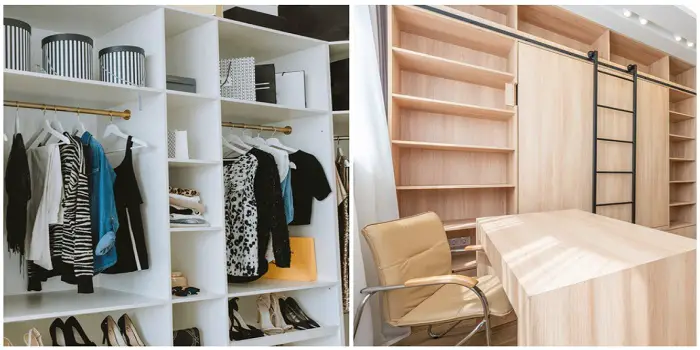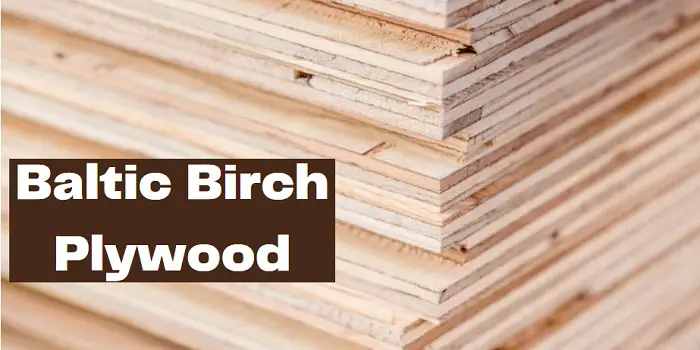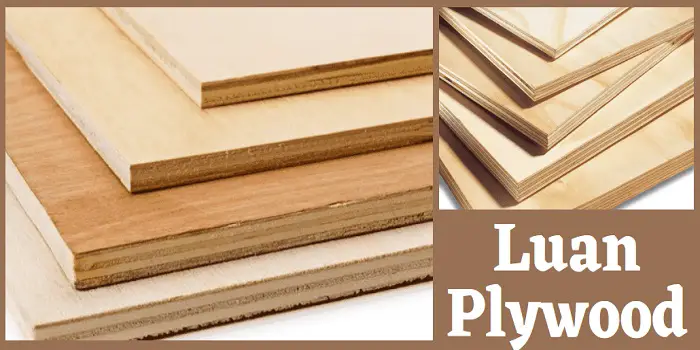
Luan wood (sometimes also called Lauan plywood), is a type of plywood that comes from the Lauan trees of species in the Shorea genus.
These trees grow along the South Pacific rim and have become quite popular worldwide, including in the US.
This is because of its versatility, durability, and hardness, making it the perfect type of plywood for many projects.
The species is known by various names depending on the locations, but as lumber, a few common market names are red lauan, Philippine mahogany, and meranti.
The History
The trees where the plywood was originally created came from Japan, Korea, and Taiwan starting in the e1960s.
As manufacturing expanded through the 1980s, Indonesia, Malaysia, and the Philippines began manufacturing Luan plywood.
Unfortunately, poor management caused the plywood industries to decline in these nations.
When combined with the deforestation of the trees themselves, it resulted in some species becoming extinct.
However, Luan plywood is still quite popular and offers many benefits.
Benefits of Luan Plywood
The first benefit comes from the Shorea trees, which are part of the plywood process.
The trees are tall and straight, making them easier to harvest and peel, creating less waste material.
The straightness of the trees also means uniformity in terms of density and color, which makes for more attractive plywood.
a) Strong:
The high tensile strength provides enough rigidity to make it quite durable.
However, it can also be bent into different shapes as well to create the type of projects that you desire.
b) Flexible:
Luan plywood provides the right combination of flexibility and rigidity to make it perfect for many different types of projects.
You can peel it easily to make thin sheets for underlayment. However, it is soft enough that it can be hand-cut as well.
A combination of high binding strength while still being relatively low on the hardness scale offers woodworkers the chance to create their own unique projects.
c) Stainable:
This is the type of plywood that looks good once stained. And you can stain it relatively easily, which leads to attractive surfaces for your plywood.
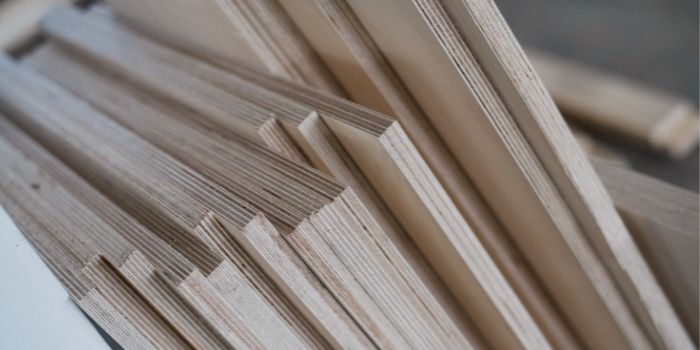
Where Can You Use Luan Plywood?
Luan plywood usually comes in ¼” sheets, although you can also order thinner versions with 1/8” sheets. But those are less common.
The standard version is well-suited for furniture and construction, while the thinner version is better for side panels and other applications where strength is not the primary purpose.
You’ll find Luan plywood used for a wide variety of projects that include creating toys, crafts, dollhouses, and other knickknacks.
This is because the surface of Luan plywood is delicate enough to provide a pleasing appearance.
Plus, the flexibility of the plywood makes it perfect for renovations and rebuilding projects where bending it around corners or surfaces is required.
Another popular use is as underlying material for vinyl flooring, where the lightweight plywood can be placed and removed with little fear of breaking or cracking.
It helps that Luan plywood is easy to cut, so you can size it to your needs. That’s why it is popular for use in backing furniture, making the bottom of drawers, and for use in walls and ceilings.
For cabinet makers, Luan plywood offers many advantages, especially when a smooth finish is desired.
The plywood is thin enough so that glue and staples can be used to fasten the material in place. The only downside is that screws can go right through the wood instead of screwing into it if you are not careful.
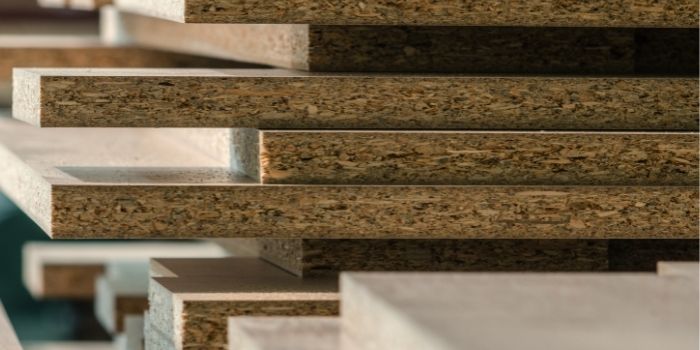
How to Cut and Work with Luan Plywood?
If there is a strong downside to Luan plywood, it is that when cutting, the material can splinter quite easily.
You will need to operate with some care, especially when crosscutting the plywood. This is where its thin, flexible nature works against it when being cut.
A standard table saw equipped with a fine-tooth rip blade will work for rip cutting.
This will reduce the chances of splintering when rip-cutting and leaving behind saw marks.
One technique is to not let the excess amount of plywood overhang the table, so you will need to use extensions to keep the plywood flat and supported.
Plus, if you are cutting large sheets, it pays to have someone helping you to keep the wood straight and level.
If you are using a circular saw for straight cuts, then using dimensional lumber to provide support on the sides is recommended.
Set the circular saw for a shallow cut, as this reduces friction and limits the chances of splintering.
One trick is to cut the plywood on the reverse side up so any splintering will be hidden from view. You can also use painter’s tape and apply it over the area to be cut, which will also reduce splintering.
Sustainability Issues and a Few Tips for Buying
Although deforestation is still an issue, Luan plywood remains quite popular.
This is true even with the collapse of much of the plywood industry all through the Pacific Rim nations.
Since it takes several years for the trees to grow and mature, it makes sustaining the plywood tougher over the long haul.
The result is a shortage of the proper wood used for Luan plywood, and substitutes are often added.
This means that the characteristics of the plywood may differ even between sheets depending on how the additional material is mixed.
To protect yourself, you’ll need to secure the Luan plywood from a reliable source that only uses the proper materials.
This means verification of sources, so you can ensure that you are receiving the right type of plywood.
Examine the sheets and see if there are any noticeable differences.
Even if you are only purchasing a few sheets, checking them with the rest of the supplies at the store is recommended. This way, you’ll know you are getting them from a reliable source.
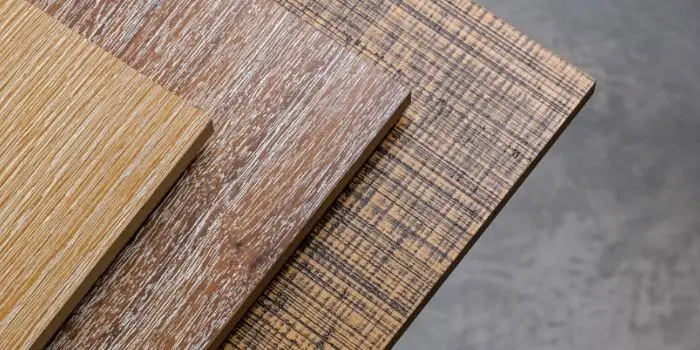
What are the Best Alternatives to Lauan Plywood?
Considering the scarcity of Lauan plywood, it pays to have alternatives in mind when shopping for this material.
What follows is a shortlist of suitable alternatives that can replace Lauan plywood in most respects.
1- Agricultural Residue Panels
The waste material used in agriculture has been recycled to create this plywood-type board. The materials themselves come from rice or wheat straw and the seed husks of sunflowers.
The result is a strawboard that is quite strong and similar to medium-density fiberboard in many ways.
This is because the materials are compressed, and using non-formaldehyde glues are used to create boards at least 3/8” thick.
2- Cardboard
Similar to agriculture residue panels, this is a similar material that uses waste fibers woven with resin and compressed to create particleboard, MDF, and Oriented Strand Board or OSB.
It’s quite durable, strong, and resistant to moisture.
3- Hardboard
Created from sawdust, pulp, and woodchips and bonded together with resin and wax, this is a material that can hold nails and screws quite well.
It can also be painted, which makes it a perfect substitute for Lauan plywood. It is a little more expensive compared to traditional plywood, but it’s not out of reach.
4- Homasote
Similar to Sonoboard, this is a material made from recycled newspapers.
Durable, strong, and versatile, it is perfect for creating walls, sets, and other large pieces.
One strong advantage is that it is weather-resistant and quite tough, so it can hold up for a long time.
If you were thinking about using light-density fiberboards, Homasote is two to three times its strength. Plus, it is readily available across the US.
5- Reused Plywood
Because of its durability, toughness, and longevity, you may be better off reusing older pieces of Lauan plywood from previous projects.
At demolition or renovation sites, you may find existing Lauan plywood that can be reused for other projects.
Also, consider local theater companies that may have sets constructed from this material. The same goes for trade shows that may have some for sale.
6- Sonoboard
This is a material made from recycled newspapers. The result is a material that offers many similarities to Lauan plywood but is much more available.
One advantage is that Sonoboard tends to be quite smooth and easy to paint.
However, it is not quite as accepting of screws, so you may need to use another type of fastener.
7- Temperate Hardwood Plywood
As close to Lauan plywood as you can get, this material consists of different woods, which include birch, beech, and maple.
Because they grow in the US, Canada, and Europe, they are readily available.
It is more expensive than typical plywood but also eco-friendly and quite durable.
TIP: Create Your Plywood
If you are unsatisfied with what is available, you can create your plywood using materials such as Kevlar.
Hybrid woven Kevlar is quite strong and will add considerable strength to your project. Plus, it offers a classic appearance and is often found on boats.
If you want to go with something else, Airex may be combined with mahogany or similar types of wood.
You need a 20mm thick core minimum, but it should work well. Just bond the layers together using high-quality epoxy and apply the finish when it dries.
Final Thoughts
Despite its popularity, you may find Luan plywood to be quite scarce in your region of the country.
It is, however, quite desirable when obtained in sufficient quantities. The sheer number of uses combined with its inherent strength, flexibility, and versatility still make it a favorite among woodworkers and professionals.

Hi, I am Mark Garner a professional carpenter, woodworker, and DIY painter. I live in the small city of Peoria, Arizona as a semi-retired woodworker. I have started this blog with a simple motive to help you with my wood experience in this sector. If you like to know more about what I love doing and how it all got started, you can check more about me here.



